IBM-85 Williams-Kilburn Electrostatic Memory Tube
Tube à mémoire
Speicherröhre
This tube formed part of the RAM (random access memory) of an IBM 701 (“Defense Calculator”) Computer.
Invented by F.C. Williams and Tom Kilburn in 1947, it worked by storing information as electric charges
on the face of a cathode ray tube. Information was read from the tube by means of a metal pick-up plate placed on the
outside of the CRT screen. Each time a dot was created or erased, the change in electrical charge induced a voltage pulse in
the pick-up plate. This charge remained in place for about a fifth of a second, during which time it was detected by the
pick-up plate, and rewritten in place.
Since the pick-up plate obscured the front of the tube (and since the tube also needed to be shielded
from outside electrical interference), a separate display tube was needed in order to view the contents of the CRT storage
tube. This second tube was updated synchronously with the refresh cycle of the Williams-Kilburn Tube.
• F.C. Willams & T. Kilburn, A Storage System For Use With Binary-Digital Computing Machines, Proceedings of the IEE, Volume 96, Issue 40, March 1949.
• U.S. Patent 2,777,971 F.C. Williams et al. - Information Storage Means.
• U.S. Patent 2,951,176 F.C. Williams - Apparatus for Storing Trains of Pulses.
• U.S. Patent 2,884,557 J.C. Logue et al. - Apparatus, including an electrostatic type storage tube, for storing digital information.
• U.S. Patent 2,846,615 R.B. De Lano, Jr. et al. - Electrostatic memory system.
• They put MEMORIES in a Tube!, Business Machines, April 15, 1954.
• RCA 6571 Computer Storage Tube.
See also • Voir aussi • Siehe auch :
RCA Developmental Type C73621 Computer Storage Tube.

Longueur • Length • Länge : 35 cm • 13" 3/4
Diamètre • Diameter • Durchmesser : 7,7 cm • 3"

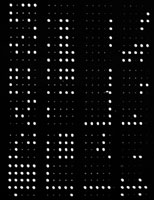
Display on screen. Bright spots were “1s”, faint spots were “0s”
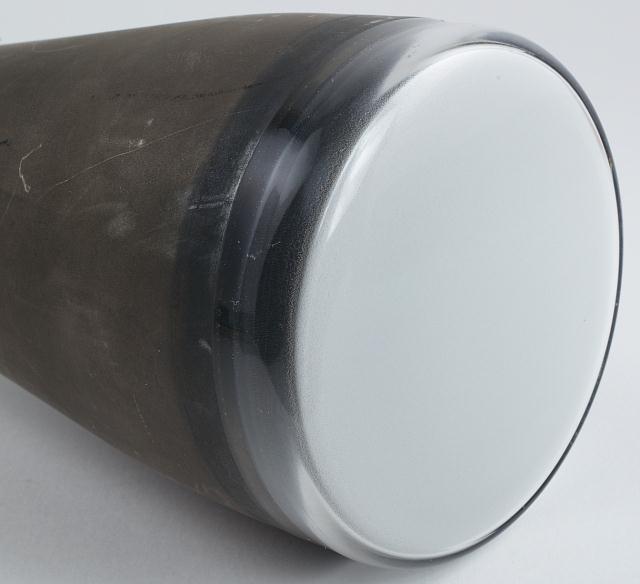
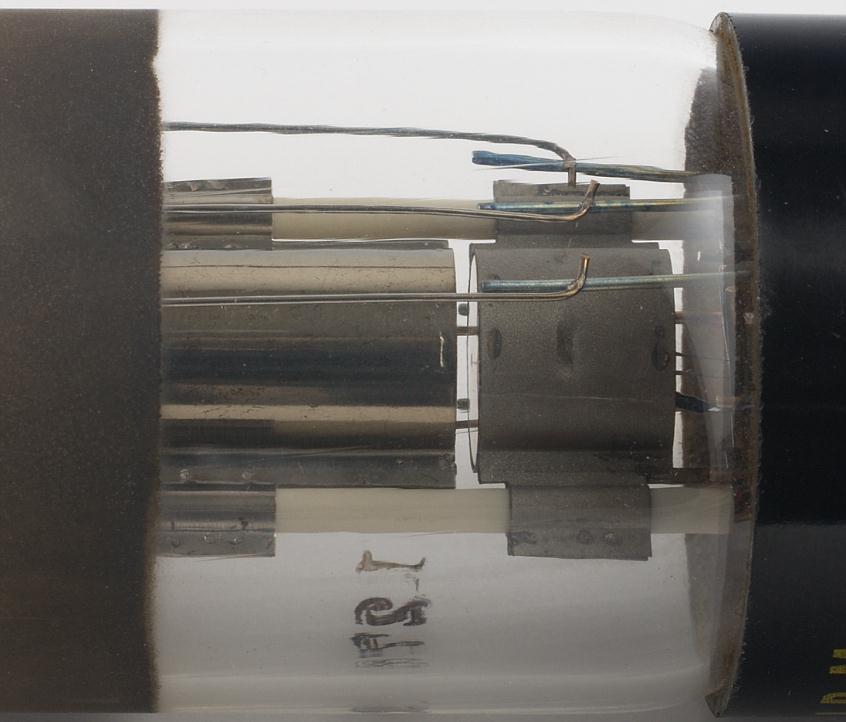
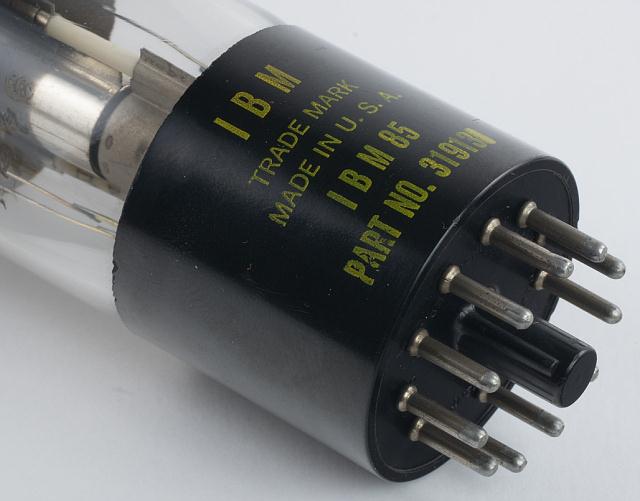
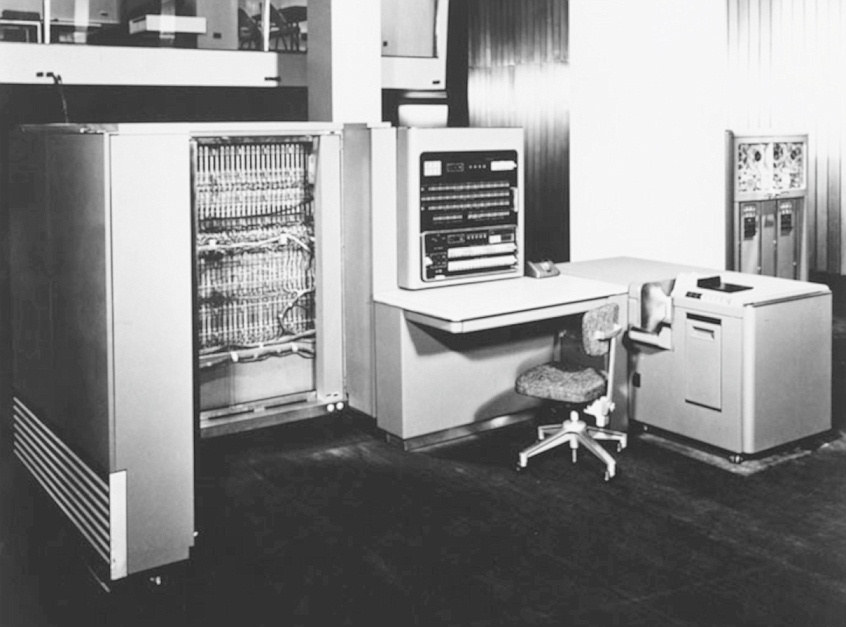
IBM 701
Le contenu de ce site est sous copyleft  The content of this site is under copyleft
The content of this site is under copyleft  Der Inhalt dieser Website steht unter Copyleft
Der Inhalt dieser Website steht unter Copyleft
